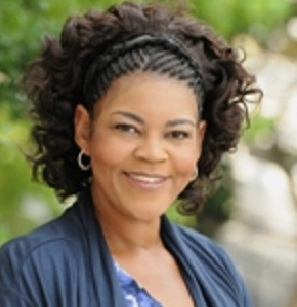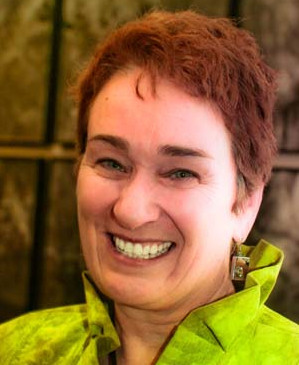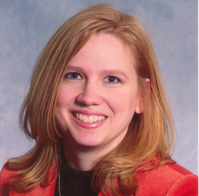Keynote Speaker
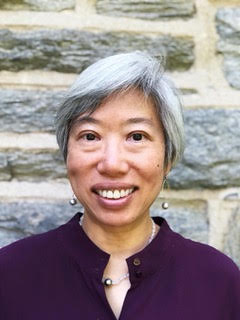
Dr. Andrea Liu
Hepburn Professor of Physics at the University of Pennsylvania
Andrea Liu is a theoretical soft and living matter physicist who received her A. B. and Ph.D. degrees in physics at the University of California, Berkeley, and Cornell University, respectively. She was a faculty member in the Department of Chemistry and Biochemistry at UCLA for ten years before joining the Department of Physics and Astronomy at the University of Pennsylvania in 2004. Liu is currently Speaker-Elect of the Council of the American Physical Society (APS) and Chair-Elect of the Physics Section of the American Association for the Advancement of Science (AAAS). She is a fellow of the APS, AAAS and the American Academy of Arts and Sciences, and a member of the National Academy of Sciences.
Main Speakers
Adrienne R. Carter-Sowell, Ph.D., is an Associate Professor in the Department of Psychological and Brain Sciences (PBSI) and in the Africana Studies Interdisciplinary Critical Studies Program at Texas A&M University. Professor Carter-Sowell’s research centers on marginalized experiences in academic communities and workplaces. Dr. Carter-Sowell leads a Diversity Sciences Consortium and she serves extensively on projects sponsored by the National Science Foundation (NSF). Her approach to social exclusion aims to theorize and document the nature and impact of perceived ostracism in multiple groups, with particular emphasis on multiply marginalized groups. Also, Dr. Carter-Sowell is the Lab Director and Principal Investigator for the Science for a Diverse Society Research Group, see diversitysciences.org. We seek to:
- Broaden participation in diversity science research activities.
- Cultivate innovative collaborations and mutually beneficial partnerships.
- Derive evidence-based strategies to foster suitable, meaningful, and enduring solutions.
Dr. Carter-Sowell was selected for the American Psychological Association’s (APA) Achievement Award for Early Career Professionals, as well as the Carolyn Payton Publication Award, sponsored by the APA, Division 35, Section 1. Professor Carter-Sowell received her B.A. from the University of Virginia and she earned her Ph.D. from Purdue University. Dr. Carter-Sowell is honored to be an invited speaker at the 2020 Conference for Undergraduate Women in Physics (CUWiP) and she thanks the members of the CUWiP organizing committee for their support.
Dr. Kathryn Flanagan is a Senior Scientist at the Space Telescope Science Institute (STScI). The Institute is responsible for the science operations of the Hubble Space Telescope, as well as the mission and science operations of its successor, the James Webb Space Telescope (JWST). Dr. Flanagan has served as Deputy Director and Interim Director of STScI.
Dr. Flanagan came to the Institute in 2007 to head the Mission Office for JWST, with responsibility for developing the JWST Science and Operations Center. In her early career, she earned her PhD in physics at MIT, where she began working in the field of X-ray astronomy, with special interest in developing new instruments for space. She became part of the research staff at SAO and MIT, and she has worked on multiple flight instruments.
She has participated in NASA’s advisory structure, co-chairing strategic planning documents andserving on advisory committees. She has been active in astronomical community organizations, and was recently honored by election as a Fellow of the American Association for the Advancement of Science. She has been active in education, beginning with service as a Peace Corps volunteer teaching math and physics in the Democratic Republic of the Congo, and is a strong advocate for science outreach to the public and the “next generation.”
Dr. Jehanne Gillo has worked at the Department of Energy (DOE) since February 2000. Dr. Gillo first joined the DOE Office of Science’s Office of High Energy and Nuclear Physics, Division of Nuclear Physics as Program Manager for Facilities & Instrumentation. In October 2005, Dr. Gillo became part of the Federal Senior Executive Service as the Director of the Facilities and Project Management Division in the Office of Nuclear Physics, where she is responsible for the operations of the nuclear physics scientific user facilities, large construction projects, fabrication of scientific instrumentation, accelerator research and development, and the nuclear physics SBIR/STTR program. In addition, she is Director of the DOE Isotope Program since 2009. Dr. Gillo was awarded the 2016 Presidential Rank of Meritorious Executive Award for her accomplishments as the Director of the Nuclear Physics Facilities and Project Management Division. She received the 2016 Achievement Award from the Secretary of the Energy for her efforts as part of the Joint Comprehensive Plan of Action (JCPOA) Support Team. She received the Secretary of Energy Excellence Award in October 2012 for her management of the DOE Isotope Program. Dr. Gillo serves on several White House committees and Interagency Groups, including as Chair of the He-3 Interagency Working Group that reports to the White House National Security Staff. Dr. Gillo obtained her Bachelor of Science Degree from Juniata College in 1985. As a graduate student at Texas A&M, Dr. Gillo majored in Nuclear Chemistry with an emphasis in relativistic heavy ion physics research and received her Ph.D. Degree in 1990. She held the position of Physicist at Los Alamos National Laboratory (LANL) from 1990-2000. She has worked as a Guest Scientist at the Niels Bohr Institute in Denmark, and has conducted nuclear physics experiments at CERN, RHIC, LANL, and Texas A&M University.
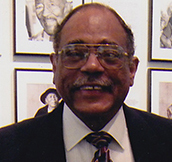
Oliver Sadberry
Curator,
Brazos Valley African American Museum
Oliver Sadberry has been the curator of the Brazos Valley African American Museum in Bryan, Texas since 2006. He was born and raised in Bryan and attended the St. Emma Military Academy in Powhatan, Virginia for high school. His college education was spread across the University of Texas, Austin (1961-63) and Texas A&M University (1968-71). In the interim, he served in the US Air Force from 1964 to 1968. Sadberry graduated from TAMU with a BA in Mathematics and a minor in Physics. While a student at TAMU, he was a member of an NSF-funded Polar Research Team to the Antarctic, led by Dr. Guy Francischini in the Oceanography Department. After graduation he taught school in Virginia before returning to Texas. On his return, he got married to one of the first Black women to graduate from TAMU and managed the local Radio Shack store for several years. Following this, Sadberry began working in a Regional Development Council, which is today the Regional Council of Governments. After an unsuccessful congressional campaign in 1982, he worked on Dan Kubiak’s 1984 congressional campaign. A traumatic brain injury in 1984 took Sadberry from Bryan for seven months. On his return, he began work initially as a volunteer and later a Texas Rehabilitation Counselor in Brenham. A recent recognition Sadberry has received is “Outstanding Community Honoree”, presented by the African American National Heritage Society, Inc.
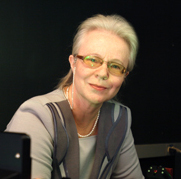
Dr. Olga Kocharovskaya
Department of Physics & Astronomy
Parallel Session Speakers & Panelists

Mika McKinnon
Freelancer/SETI Institute
Mika McKinnon is a geophysicist, disaster researcher, and scifi scientist. As your friendly neighbourhood geoscientist, she offers tasting notes on rocks, tweaks party planning to enhance disaster preparedness, and obsesses over impending doom. Along with her research into landslides on asteroids, McKinnon scrawls equations and establishes plausibility for shows including Stargate, Star Trek, and [redacted]. Her writing appears in Wired, io9, Vice, Vox, and more. She shares her press passes (and social media) with a bevy of mischievous plush creatures.
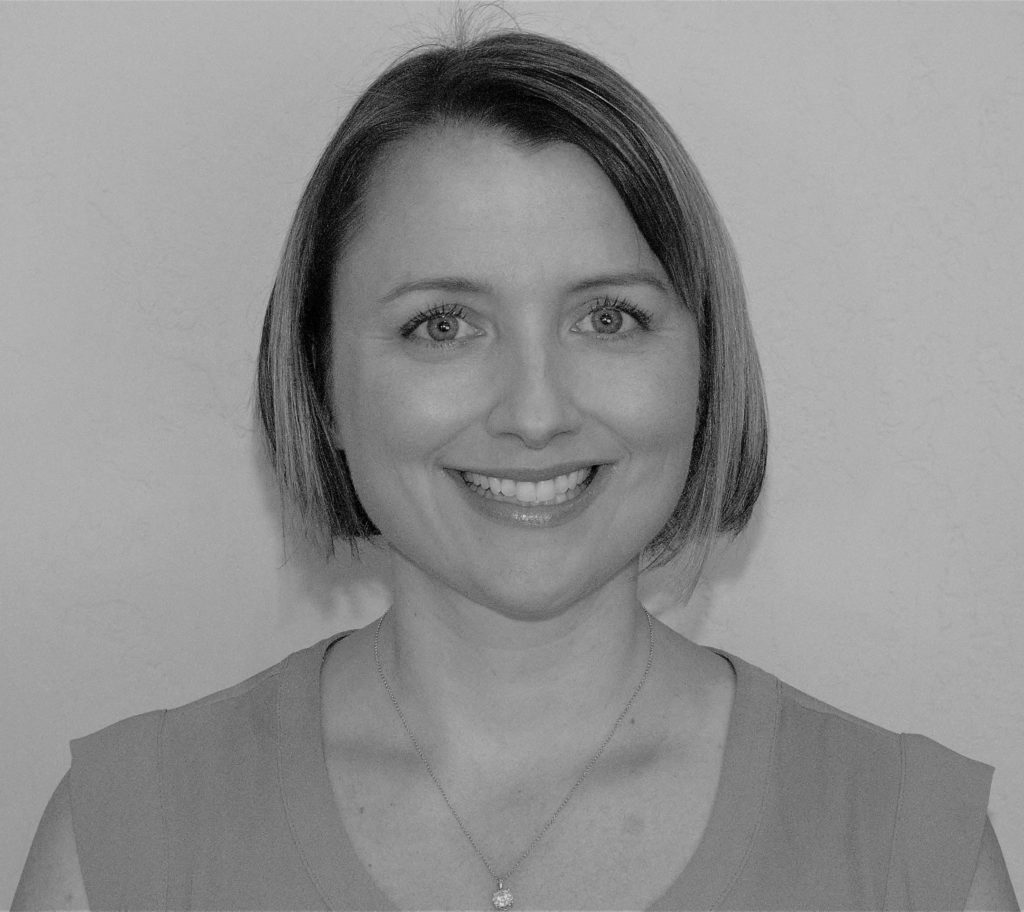
Dr. Stacey York
Dr. Stacey York oversees the largest master’s program in physics in the country which is part of the Knight Campus for Accelerating Scientific Impact at the University of Oregon. In her role, she is able to combine her passions for STEM and relationship management by connecting master’s students with industry employment. Prior to her position at UO, Stacey was an R&D Principal Scientist for Johnson & Johnson skin care brands such as Neutrogena, Aveeno, Clean & Clear and Johnson’s Baby. Stacey’s graduate research resulted in over 1000 citations and her time at J&J led to 3 issued patents, a pending patent application, and 3 internal awards for leadership. Stacey spends her free time exploring the Pacific NW with her husband Adam (who is also a polymer chemist), two children and an incredibly sweet rescue dog, Lumos.
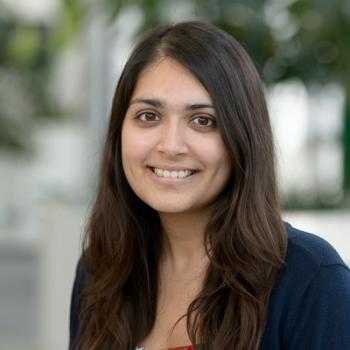
Dr. Midhat Farooq
Dr. Midhat Farooq (she/her/hers) conducted her undergraduate studies at UCLA, and received her Ph.D. in Physics from the University of Michigan. During graduate school, Midhat was part of several volunteer organizations, including her university’s Society for Women in Physics group, the graduate student council, graduate student government, APS’s Forum on Graduate Student Affairs and the Fermilab Student and Postdoc Association. Her participation in these groups involved outreach, mentoring, and advocacy for fellow graduate students as well as underrepresented groups. Currently, Midhat is the Careers Program Manager at APS where she works on projects to raise awareness about diverse physics careers and develops resources that help prepare physics students and early career scientists for a variety of career paths.
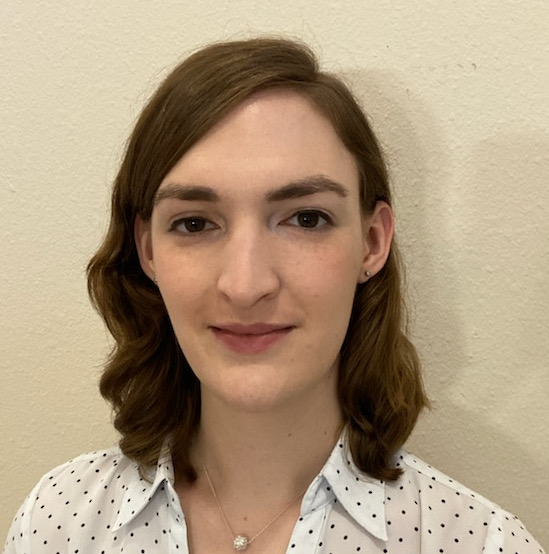
June Stenzel
June Stenzel is a software engineer at Odyssey Space Research. She has worked on a number of NASA contracts, specializing in designing simulations of space vehicles and developing testing algorithms for flight software. She has a Bachelor’s Degree in Physics with minors in Math and Astrophysics from Texas A&M University. June lives in Houston, Texas, with her cat Kepler.
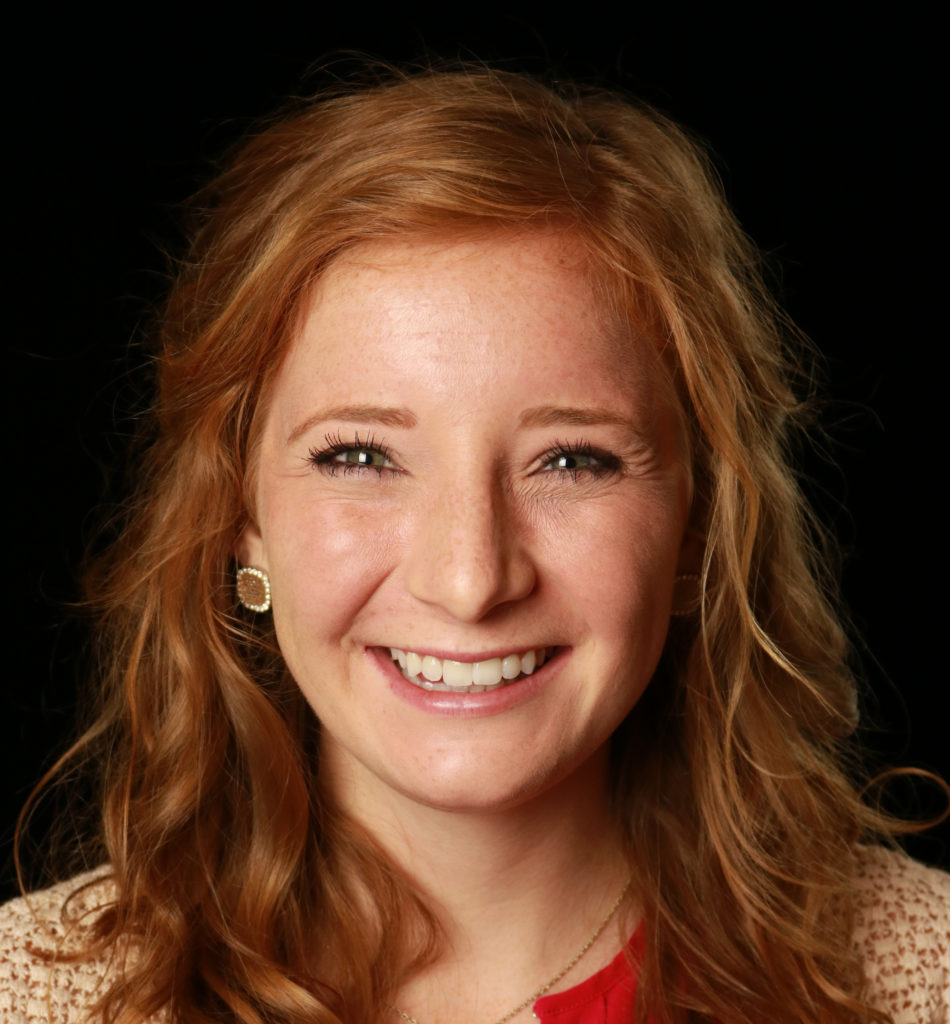
Rachel Johnson
After graduating from Texas A&M University with a B.A. in Physics in 2016, Rachel moved up to Seattle to work for Amazon. The problem solving skills developed through Physics have given Rachel the opportunity to take on greater scope within Amazon. After learning SQL on the side, Rachel is now in charge of the Go-To-Market strategy, weekly data analysis and quarterly forecasts for Search Advertising within her worldwide organization
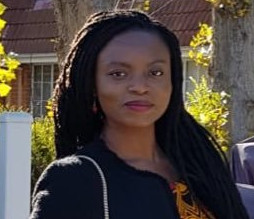
Jacqueline Antwi-Danso
Jacqueline Antwi-Danso is a third year graduate student from Ghana, West Africa. She received her BS degree in Physics and Astronomy from Texas Christian University in 2017. As an undergraduate she constrained the distances and ionization properties of high velocity clouds in the Milky Way’s halo using their H-alpha emission. Jacqueline now works with Dr. Casey Papovich on a K-band imaging survey that targets quiescent galaxies at redshifts greater than 4 in order to identify when they first appear.
When she’s not staring at pixels, she spends time learning about interior decor, advertising Astronomy on Tap BCS, and living inside the Marvel Universe.
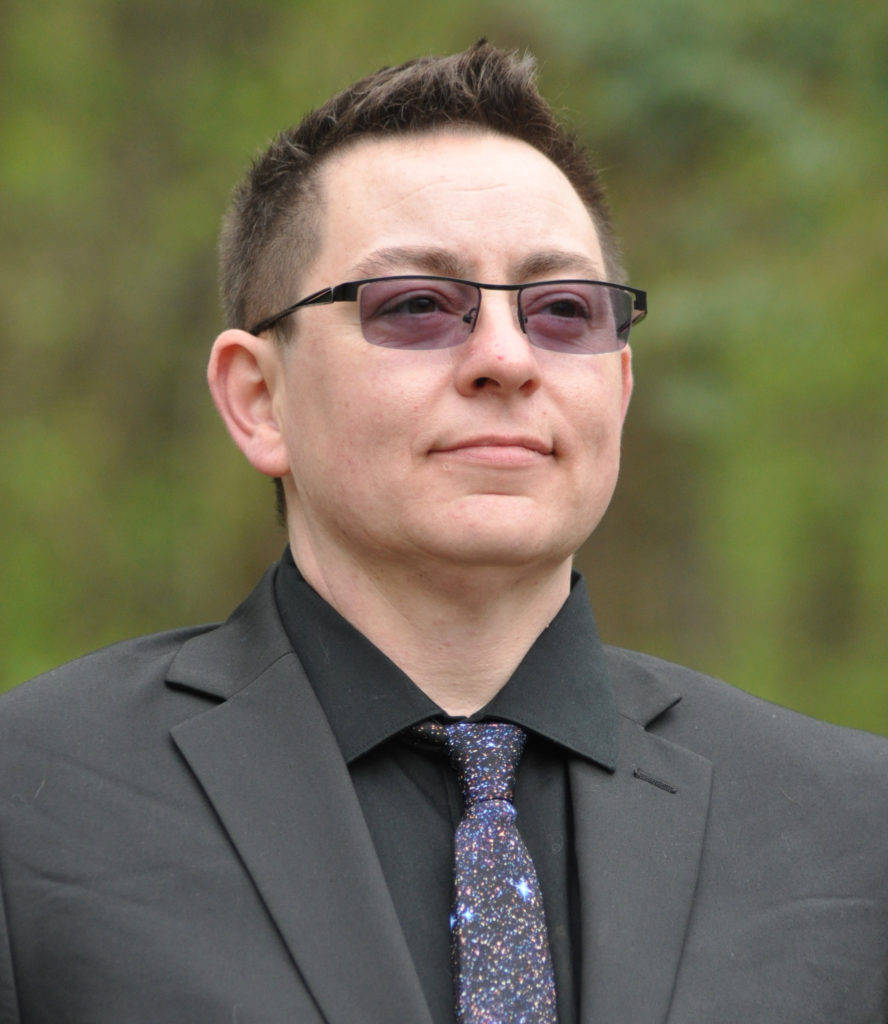
Dr. Michael Kilburn
Michael Kilburn is the Director of Outreach and Education for the Joint Institute for Nuclear Astrophysics – Center for the Evolution of Elements and an Assistant Teaching Professor at the University of Notre Dame. He received his Ph.D. in Nuclear Physics from Michigan State University in 2011. He currently leads introductory physics labs for engineering majors, conducts professional development workshops for graduate students, and manages a wide variety of outreach programs for K-12 students. He also conducts research on diversity related issues in physics and has given many talks to physics departments on the value of diversity and challenges of inclusion.
He is a physicist and educator who enjoys hiking and backpacking in the warm months, and playing strategy games in the cold months. He also geocaches, kayaks, bowls, and makes stained glass projects… as time permits.

Michelle Thomas
Michelle graduated with her bachelor’s in physics from Texas A&M University in 2015. She now works at the Johnson Space Center in Houston as a flight controller for the International Space Station. Her group manages the Communications and Tracking systems (antennas, cameras, etc.) as well as the Command and Data Handling systems (flight computers, etc.) on board ISS. She’s been involved in many different roles in her job such as planning for and supporting in mission control during spacewalks, visiting vehicle missions, flight software transitions, and more. In her free time, Michelle enjoys sewing, baking, and all things crafty.

Taylor Hutchison
Taylor is a fourth year graduate student working with Prof. Casey Papovich, studying some of the most distant galaxies ever discovered. As an NSF Graduate Fellow, she is passionate about exploring these distant and young galaxies, trying to understand what powers their strong radiation via near-infrared spectroscopy on one of the largest telescopes on the planet!
As a bisexual scientist, Taylor works to provide representation and give back to the community in any way that she can — from co-founding diversity groups in her department to helping form an international scientist outreach+diversity campain (check out #UniqueScientists!). In her spare time, she enjoys crafting, playing her cello, and taking countless photos of her two fluffy cats.
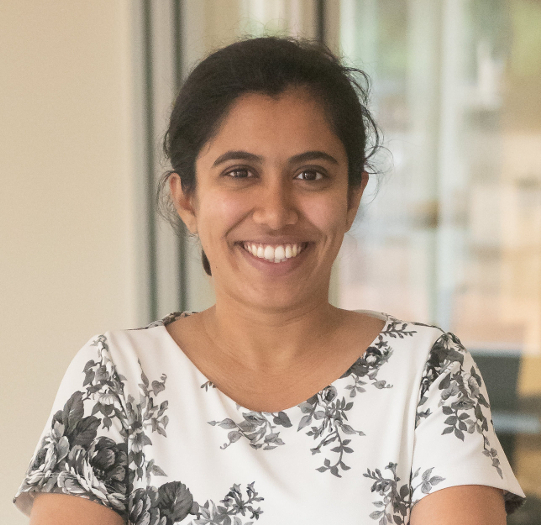
Tarini Konchady
Tarini Konchady is a third year graduate student studying astronomy at Texas A&M University. She is working with Prof. Lucas Macri to characterize Mira variable stars for use as extragalactic distance indicators. She is a member of the Astrobites collaboration and is the current American Astronomical Society Media Fellow.
Tarini regularly MCs for the Bryan-College Station chapter of Astronomy on Tap. She is also a participating scientist in the Letters to a Pre-Scientist and Skype a Scientist programs. When not doing science, Tarini is furiously crocheting through her yarn stash.

Dr. Kim-Vy Tran
I am on the faculty at the University of New South Wales and have been a professional astronomer for 20+ years. My astronomy research program advances our knowledge of how galaxies assemble over cosmic time by capitalizing on the high resolution, extreme sensitivity, and broad wavelength coverage of ground and space-based telescopes. This comprehensive approach enables me to study galaxies from the local neighborhood to the edge of the observable Universe. I am passionate about promoting equity, diversity, and inclusion at all levels to recruit and retain world-class talent. My work as an educator includes traditional classroom lectures as well as an expanding range of professional development workshops for scientists.

Jessica Eberling
Jessica graduated from Texas A&M University with a Bachelor of Science in Physics and minors in Mathematics and Astrophysics. She now attends graduate school at Texas Tech University where she is pursuing a Ph.D. in Physics. Jessica plans to conduct research in gravitational wave astronomy. In her spare time, she enjoys cooking, baking, and spending time with friends and family.

Jessica Doss
Jessica Doss recently graduated from Texas A&M University with a Bachelor of Science degree in physics and a minor in computer science. Jessica discovered her love for software development when she joined a research group at Texas A&M that develops software to help teach math to blind students. Passionate about STEM outreach and education, Jessica worked for Girl Scouts of Central Texas as a STEM Contractor to develop STEM programs for Girl Scouts during her senior year at Texas A&M. She now works as a software developer for Capsher Technology, a software consulting company in College Station, and continues to volunteer with Girl Scouts.
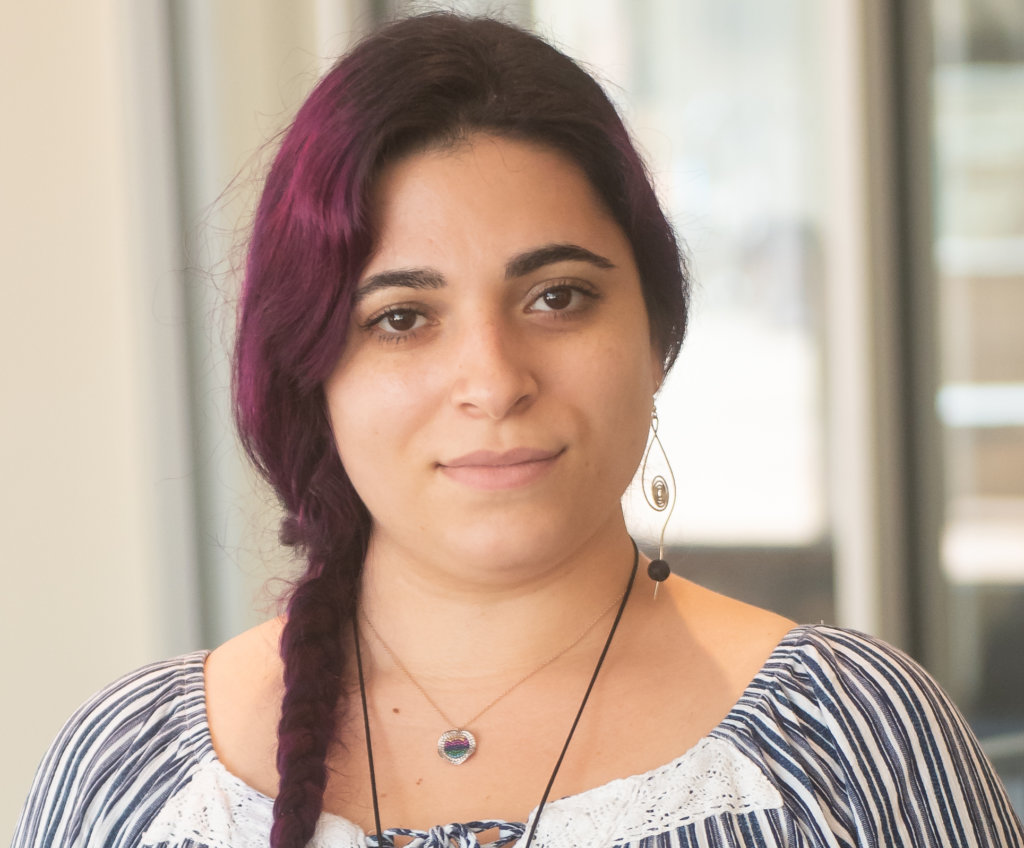
Stefania Dede
Cyclotron Institute/Department of Physics & Astronomy
Texas A&M University
Visiting Scholar
University of Notre Dame
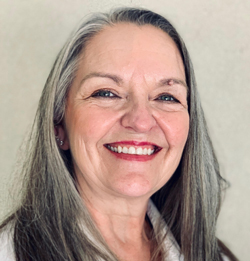
Dr. Toni Sauncy
Department of Physics
Texas Lutheran University

Sarah Cantu
Sarah is a fourth year graduate student working with Prof. Louis Strigari, studying the nature and properties of faint dwarf galaxies circling the Milky Way. As a TAMU Graduate Diversity Excellence Fellow, Sarah loves diving into complicated code & building complex simulation structures designed to investigate the stellar populations in these faint dwarf galaxies. As a single mom of a rambunctious 7 year old son, she is committed to making the world a better place and invests a great deal of her time in improving her graduate program for future students as well as fighting against harmful sterotypes of underrepresented peoples in academia.
In her spare time, Sarah loves to paint and take her dog on long walks with her son. They also have a very cute bearded dragon named (by her son) “Dragon”.

Aysan Bahari
Aysan Bahari is a PhD student and researcher at Texas A&M University. She is working as a lab leader in the Quantum Optics and Ultrafast Laser Physics laboratory under supervision of Dr. Alexei Sokolov. Her expertise is in ultrashort pulse synthesis and pulse shaping using molecular modulation technique, spectroscopy, and structured hollow-core photonic crystal fibers (HCPCF). She is involved in several undergraduate mentoring programs such as Discover, Explore and Enjoy Physics (DEEP). Aysan Bahari is the current president and the former vice president of the Optical Society of America (OSA)’s student chapter and the co-chair of the Graduate Student Assembly (GSA) at Texas A&M University. She is also a professional oil painter and instructor with 15 years of experience.

Sarah Henry
Sarah graduated with her BS in physics from Texas A&M University in 2015. She discovered her passion for Experimental Particle Physics by being involved in Dr. David Toback’s research group while also swimming collegiately. After a year as a professional swimmer, she decided to pursue physics in the form of High Energy Neutrino Physics. Sarah is currently a Ph.D candidate and an NSF Graduate Research Fellow at the University of Rochester in New York working on the MINERvA experiment. She also loved her time volunteering for the Texas A&M Physics Festival and helped kick start a graduate physics group at Rochester for which she is the Chair of Outreach.
In her spare time she enjoys Olympic lifting and traveling to see her family across the US, Canada and Mexico.

Dr. Keith Hawkins
Keith Hawkins received his BS degree in Astrophysics with concentrations in Mathematics and African Studies from Ohio University’s Honors Tutorial College. He then went on to complete a PhD at the University of Cambridge in the United Kingdom as a British Marshall Scholar in 2016. After this he became a Simon’s Junior Research Fellow at Columbia University between 2016-2018. Since then, he has been an Assistant Professor at the University of Texas at Austin. His research interests are in galactic archaeology, with the goal of revealing the formation and evolution of our galaxy through detailed chemical and dynamical studies of individual stars. His doctoral research focused on dissecting the Milky Way using stellar spectroscopy. He specializes in detailed chemical abundance analysis, data mining of large surveys, and low- and high-resolution spectroscopy.
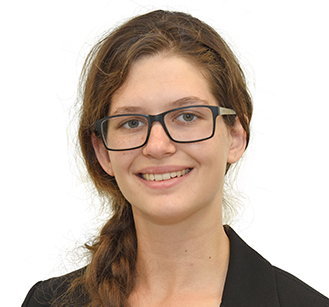
Dr. Alexandra Zhdanova
Dr. Zhdanova specializes in optics and consumer electronics. She has extensive experience building custom experimental setups for optical testing, including birefringence, film-thickness, transmittance, reflectance of surfaces, and radiation safety assessments of LED and laser devices. Her electronics expertise includes PCB design, Arduino programming, and prototyping, as well as failure analysis of MOSFETs and Li-Ion cells.
At Texas A&M University, Dr. Zhdanova designed and built a custom optical setup to perform time-resolved laser experiments that required the spatial and temporal overlap of seven femtosecond laser beams into an ultra-high vacuum chamber. She is skilled in areas related to nonlinear, femtosecond, and classical optics, interferometry, data analysis, and electrical characterization. Dr. Zhdanova has a background in rapid prototyping and is an expert in the automation of data collection and analysis using programming languages such as Python, Java, Matlab, LabVIEW, C, and C++.
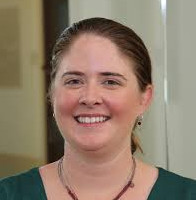
Dr. Jennifer Marshall
Jennifer Marshall is an assistant professor in the Department of Physics and Astronomy at Texas A&M University. Her scientific interests include the study of near-field cosmology, specifically using metal-poor stars found in the halo of the Milky Way to better understand the formation mechanisms of the Galaxy and of the Universe as a whole. Most recently she has focused on studying the detailed kinematics and chemistry of satellite galaxies of the Milky Way, particularly those that have been discovered by the Dark Energy Survey. She is currently the Project Scientist for the Maunakea Spectroscopic Explorer Project, a next generation massively multiplexed spectroscopic survey facility. As an astronomical instrument builder she has led Texas A&M’s involvement in the Dark Energy Survey, producing the calibration systems that enable the unprecedentedly precise photometric measurements produced by the survey, and also in the HETDEX project, building the VIRUS spectrographs. She is the co-PI of GMACS, the wide field multi-object spectrograph that will be a first-light instrument for the Giant Magellan Telescope. She is also the director of the REU Site in Astronomical Research and Instrumentation at Texas A&M, which brings talented undergraduates from other universities to conduct scientific research with Texas A&M astronomers each summer.
…And more!
